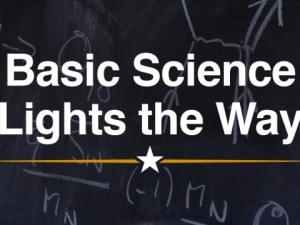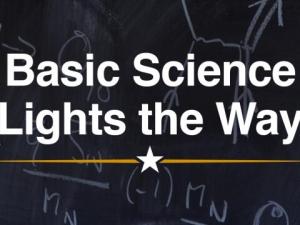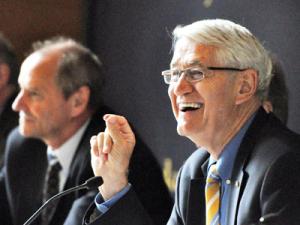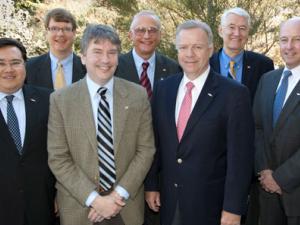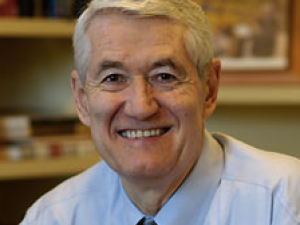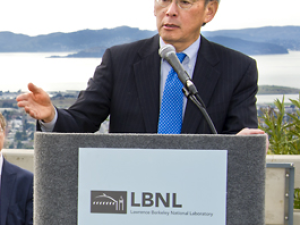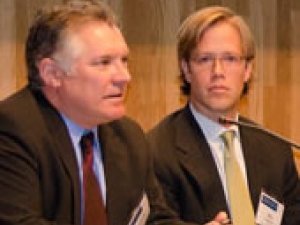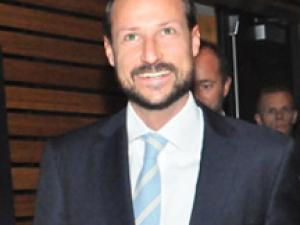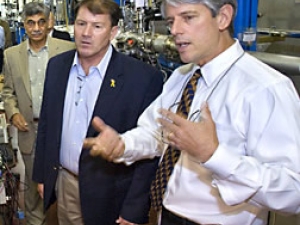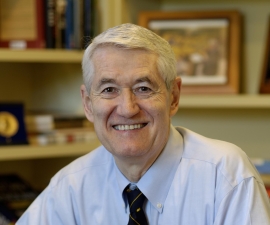

Research Bio
Robert Birgeneau is the Chancellor Emeritus, and a professor in the Department of Physics, and the Goldman School of Public Policy. Professor Birgeneau's research is primarily concerned with the phases and phase transition behavior of novel states of matter. These include one and two dimensional quantum magnets, highly disordered magnets, lamellar CuO2 high temperature superconductors, and Fe pnictide and chalcogenide superconductors. He uses primarily neutron and x-ray scattering techniques to probe these systems. The neutron and x-ray scattering experiments are carried out at national facilities located in Berkeley, Stanford, Maryland, Tennessee, Canada, England, Germany and Japan. His group has also implemented state-of-the-art materials growth and characterization facilities at LBL and on campus.
Current Projects
The physics of highly correlated electronic materials is controlled by both quantum effects and many body electron-electron interactions. This means that both the microscopic and macroscopic properties differ dramatically from those which one would deduce using traditional one-electron techniques. The most spectacular manifestation of quantum many body behavior is high temperature superconductivity which is found in a number of doped lamellar CuO2 ceramic materials. We are pursuing a variety of strategies to elucidate the fundamental physics of high temperature superconductors with an emphasis on the interplay between microscopic antiferromagnetic spin fluctuations and the superconductivity. We are also studying related low dimensional magnetic systems in which quantum and/or frustration effects produce behavior which is fundamentally different from that manifested by the equivalent classical system.
Two decades after the discovery of the CuO2 high temperature superconductors, quite unexpectedly, an entirely new class of superconductors based on sheets of FeAs or Fe(Se/Te) has been discovered. The phase diagrams of these new superconducting systems have many similarities to that of the copper oxide superconductors but there also are some essential differences. For example, the copper oxide parent materials are invariably antiferromagnetic Mott insulators whereas for the Fe-based materials the parent materials vary from being antiferromagnetic semimetals to antiferromagnetic narrow band gap semiconductors. In the Fe systems the structural and magnetic transitions are intimately connected to each other whereas in the copper oxides the structural transition is benign. This new field is at the stage where materials discovery, materials fabrication and characterization are playing the dominant role. Accordingly, our group is focused on growing large single crystals of Fe pnictide and chalcogenide superconductors across the entire phase diagrams and characterizing the materials using bulk property measurements together with neutron and synchrotron x-ray scattering techniques as well as angular resolved photoemission spectroscopy.
Research Expertise and Interest
physics, phase transition behavior of novel states of matter
In the News
Basic Science Lights the Way: The Future of Quantum Materials
The Future of Quantum Materials
Chancellor’s Final Back-to-School Briefing has the Ring of Success
UC Berkeley joins edX online learning initiative
UC Berkeley today has joined edX, a not-for-profit online learning initiative founded by Harvard University and MIT and launched last May. The campus will collaborate with edX to expand the number of universities that offer their courses on the edX platform. In a press release issued by edX, Chancellor Birgeneau said the campus is “committed to excellence in online education and the dual goals of distributing higher education more broadly and enriching the quality of campus-based education.”
White House report provides roadmap for revitalizing U.S. manufacturing
The President’s Council of Advisors on Science and Technology (PCAST) has released a new report that provides a roadmap for revitalizing the U.S. manufacturing industry, and thereby spur the creation of much-needed jobs. The PCAST report is a product of the Advanced Manufacturing Partnership (AMP) Steering Committee, whose membership includes leading manufacturing experts from industry and six universities, including UC Berkeley.
Sustainability Summit marks progress toward ever-greener campus
At the campus's 9th Sustainability Summit, progress in "greening" the Berkeley campus was everywhere evident — from the sheer number of student projects in the works to the metric tons of greenhouse gases not being emitted thanks to new institution-wide programs.
$3.5 million gift from Dow to develop sustainable chemistry education
With the support of the gift from The Dow Chemical Company Foundation, the College of Chemistry will rebuild its undergraduate teaching labs and design a new curriculum.
For Chancellor Birgeneau, research is for life
Throughout his tenure as UC Berkeley chancellor, Robert Birgeneau has sustained a research interest in new materials, maintaining labs both on campus and at Lawrence Berkeley National Laboratory.
‘Justice will prevail,’ chancellor tells campus diversity conference
UC Berkeley hosted a two-day event, the 2012 California Diversity and Leadership Conference, in a push for multicultural equity and inclusion.
Energy Secretary joins groundbreaking for new LBNL research facility
U.S. Secretary of Energy Steven Chu joined UC and Lawrence Berkeley Lab leaders to break ground on the lab’s new Computational Research and Theory facility.
Lab picks Richmond Field Station for a second campus
The Lawrence Berkeley National Lab, bursting at the seams of its home next door to UC Berkeley, announced Monday that it has picked the University of California’s bayside Richmond Field Station as the site of its second campus.
Berkeley hosts manufacturing brainstorm
Leaders from academia, government and industry gathered at UC Berkeley Monday to discuss partnership strategies to re-establish the United States as a global leader in advanced manufacturing.
Transatlantic Science Week brings Norway to Berkeley to tackle global energy challenges
The deep cultural ties that bind UC Berkeley and Norway inspired a call-to-action for greater collaboration on global energy challenges at the launch of Transatlantic Science Week 2011.
Agilent helps launch new synthetic biology center
Agilent Technologies Inc. has signed up to support the newly launched Synthetic Biology Institute (SBI), which will help advance efforts to engineer cells and biological systems in ways that could transform health and medicine, energy, the environment and new materials.
Berkeley stakes science claim at Homestake gold mine
Berkeley stakes science claim at Homestake gold mine UC Berkeley and Berkeley Lab plan to turn South Dakota's Homestake gold mine into a world-class science complex, with underground experiments in astrophysics, physics, biology and earth science. South Dakota Gov. Mike Rounds, a big supporter of the effort, visited the campus and lab June 12 to cement the relationship and see what a large research complex looks like.

